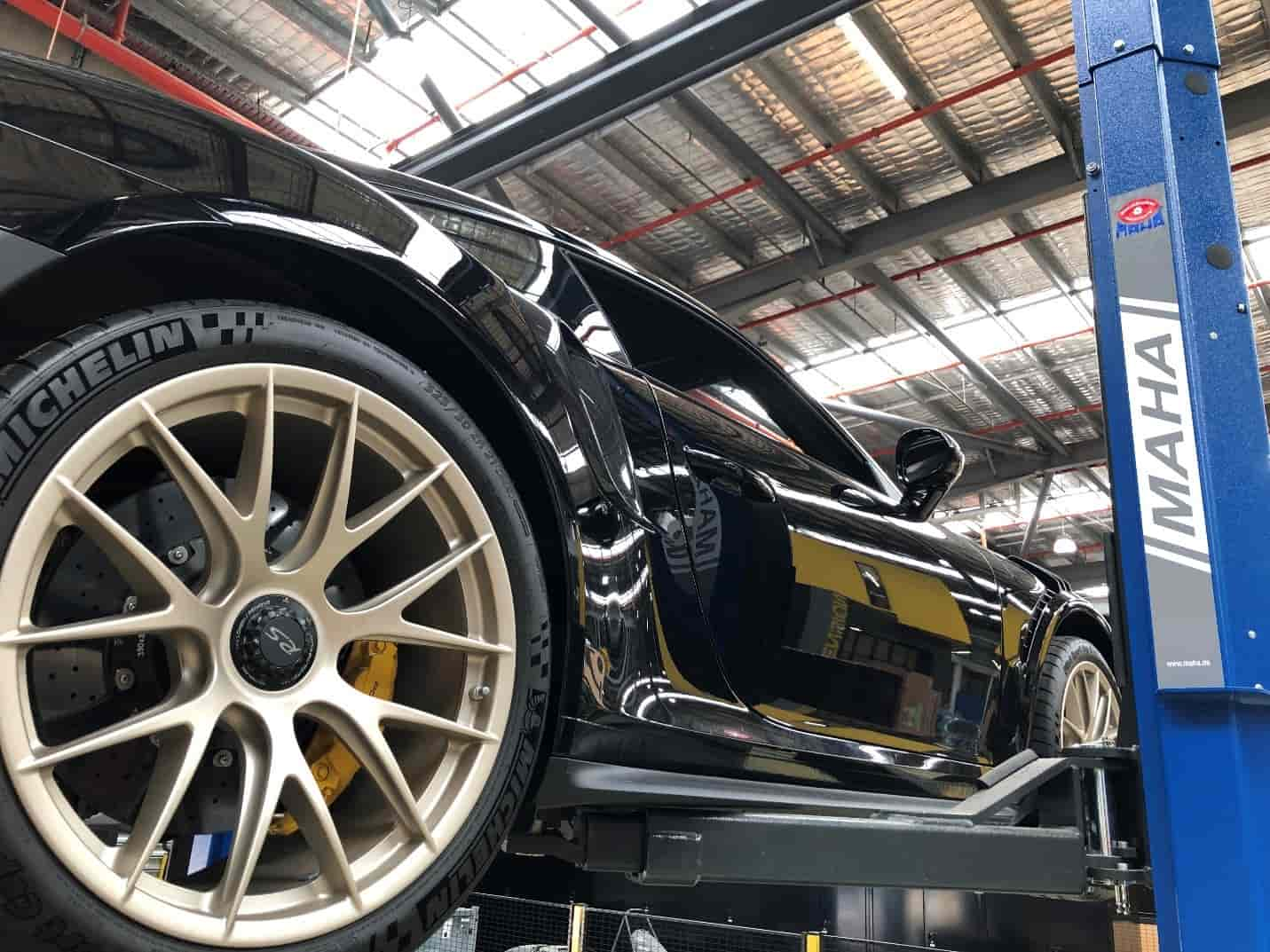
Being able to lift an object bigger and heavier than you must have been one of your childhood dreams. It was for Joseph Bramah, an English inventor and locksmith who is best known for having invented the hydraulic press. Bramah was able to produce large amount of compressive force by exerting little amount of force through this device all by applying Pascal’s principle in fluid mechanics.
What is Pascal’s Principle and How Does a Hydraulic Lift Work?
Pascal’s principle, also known as Pascal’s law, was named after its discoverer, a French scientist named Blaise Pascal. According to him, pressure is transmitted undiminished in enclosed static fluid. Meaning, if you increase the pressure at any point in a container full of static fluid, pressure in all other points within the same container will also increase. This allows for multiplication of force.
A simple example may help you understand Pascal’s law. Toothpaste is a fluid that is enclosed in a tube with a small opening at one end. When any part of the tube is squeezed, toothpaste squirts out the open end. The pressure applied to the tube is transmitted equally throughout the toothpaste. When the pressure reaches the open end, it forces toothpaste out through the opening.
How Does a Car Lift Work?
One of the greatest technologies ever devised using the Pascal principle, is the hydraulic car lift. This took place around the time the hydraulic jack was discovered shortly after hydraulic press became commercially available. The hydraulic car lift was an enhancement of the hydraulic jack, and it has taken the automotive industry by storm after manufacturers realised its plethora of applications.
The hydraulic car lift became one of the main tools used not just in car manufacturing but in car repair as well. Service centres as well as independent auto repair shops began acquiring their own machines. As hydraulic car lift manufacturers saw that demand grew, they began to create a variety of versions, each addressing a particular issue in the car manufacturing and repair process.
Types of Hydraulic Car Lift
Now that you understand the basics of a hydraulic car lift and how it works, it’s time to identify the different types available. There are now about eight types of hydraulic car lift available for car manufacturers, repair shops, or even car enthusiasts who want their garage updated. If you are one of them, make sure you know the features of each type so you can make a sound purchase choice. Here are some of the most common:
Two-Post Lift
Consisting only of two posts with arms of just the right length to fit any space, this car lift is the least costly, most space-efficient and most preferred of all the types of car lift.
Column Lift
It has separate columns that can be placed to suit the vehicle wheelbase directly, this allows great versatility and mobility when put in place to function simultaneously and give you the accessibility you need.
In-Ground Lift
Greatly reduces the service bay turning circle and reduces vehicle damage with no posts for the doors to hit. Inground lifts are also maintenance free with a uniquely long service life when compared to above ground lifts. With one end hinged on the floor, you can keep this car lift down low on the floor when it’s not being used.
Wheel Alignment Lift
This lift is required to be millimetre accurate with high duty cycles and has runways where vehicles are driven onto for servicing. The runways consist of special turn tables and slip plates to allow the wheels to turn without resistance during the wheel alignment process.
Whichever type of car lift you need for your workshop, make sure that you will purchase a quality lift which stands the test of time. MAHA is a leading German manufacturer and supplier of car lifts and the perfect place to start looking for your lift. Maha have stores and offices in New Zealand, Brisbane, Sydney, Melbourne and other parts of Australia.
